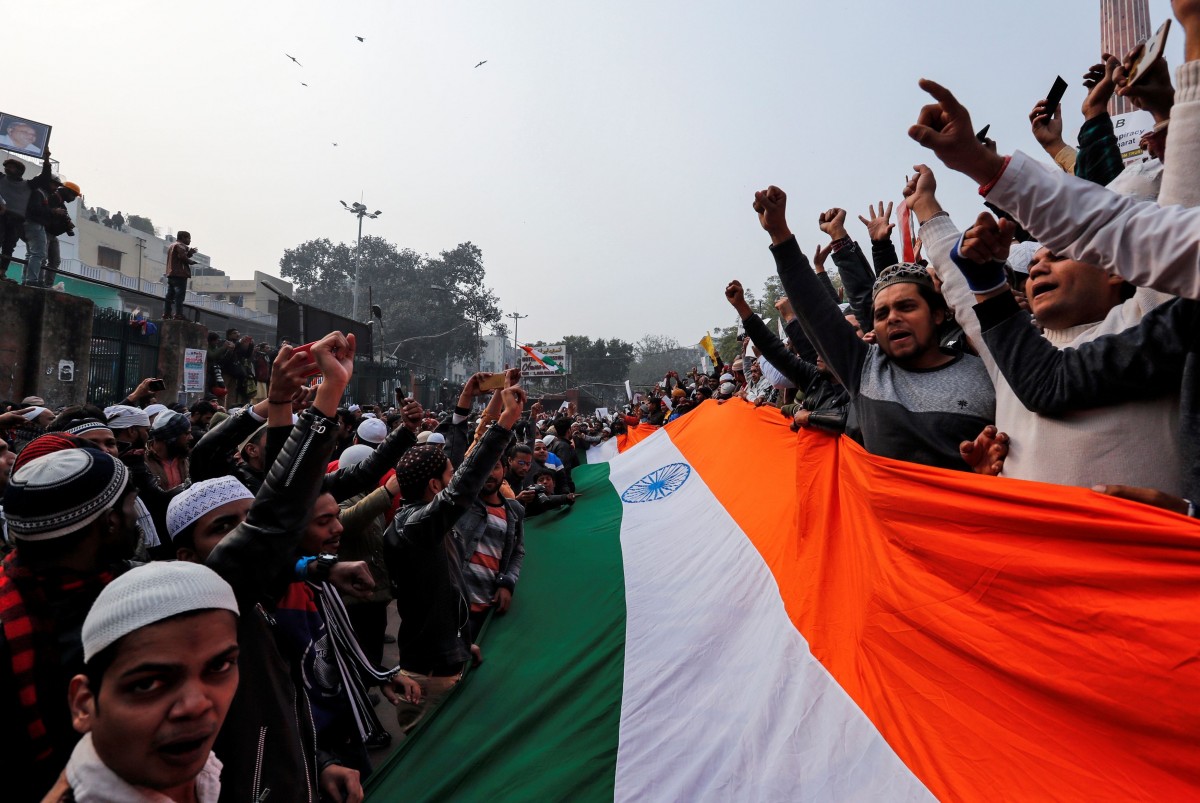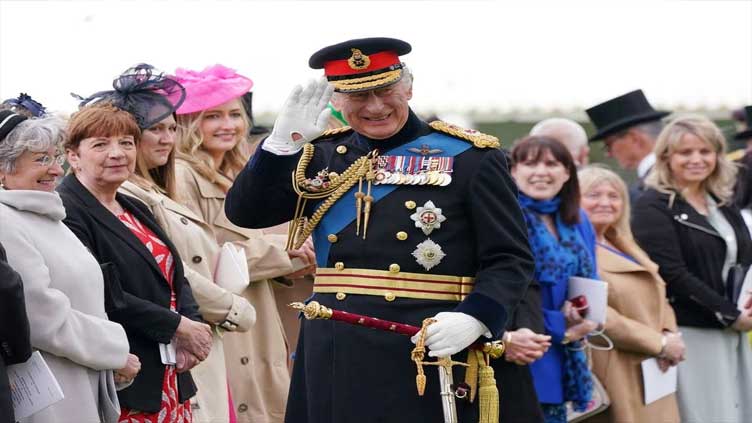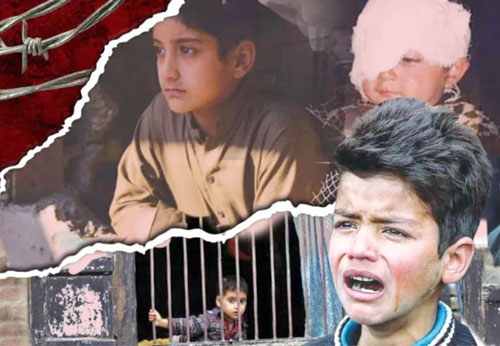
BENGALURU (India): Death has not extinguished the decades-long rivalry between two Indian leaders: both have now seemingly risen from the grave, in digital form, to rally their supporters ahead of national elections.
Political parties are harnessing powerful artificial intelligence tools to make deepfakes, reproducing famous faces and voices in ways that often appear authentic.
Both the government and campaigners have warned that the spread of such tools is a dangerous and growing threat to the integrity of elections in India.
With a marathon six-week general election starting on April 19, so-called “ghost appearances” – the use of dead leaders in videos – have become a popular mode of campaigning in the southern Tamil Nadu state.
Actress turned politician J. Jayalalithaa died in 2016, but she has been featured in a voice message deeply critical of the state’s current governing party, once led by arch-rival M. Karunanidhi.
“We have a corrupt and useless state government,” her digital avatar says. “Stand by me… we are for the people.”
Karunanidhi died in 2018 but has appeared in AI-generated videos – clad in his trademark black sunglasses – showering praise on his son M. K. Stalin, the state’s current chief minister.
Recycling “very charismatic” speakers offered a novel way to grab attention, said Senthil Nayagam, founder of Chennai-based firm Muonium, which made the AI video purporting to be Karunanidhi.
Resurrecting dead leaders is also a cost-effective way of campaigning compared to traditional rallies, which are time-consuming to organise and expensive to stage for voters accustomed to a grand spectacle.
“Bringing crowds is a difficult thing,” Nayagam told AFP. “And how many times can you do a laser or drone show?”
‘Very thin line’
Prime Minister Narendra Modi’s Bharatiya Janata Party (BJP) has been an eager early adopter of technology in election campaigning.
In 2014, the year he swept to power, the party expanded Modi’s campaign reach by using 3D projections of the leader to make him appear virtually at rallies.
But harnessing technology that can clone a politician’s voice, and create videos so seemingly real that voters struggle to decipher reality from fiction, has naturally sparked concern.
Please visit our website London Institute of Peace Research for latest peace news


